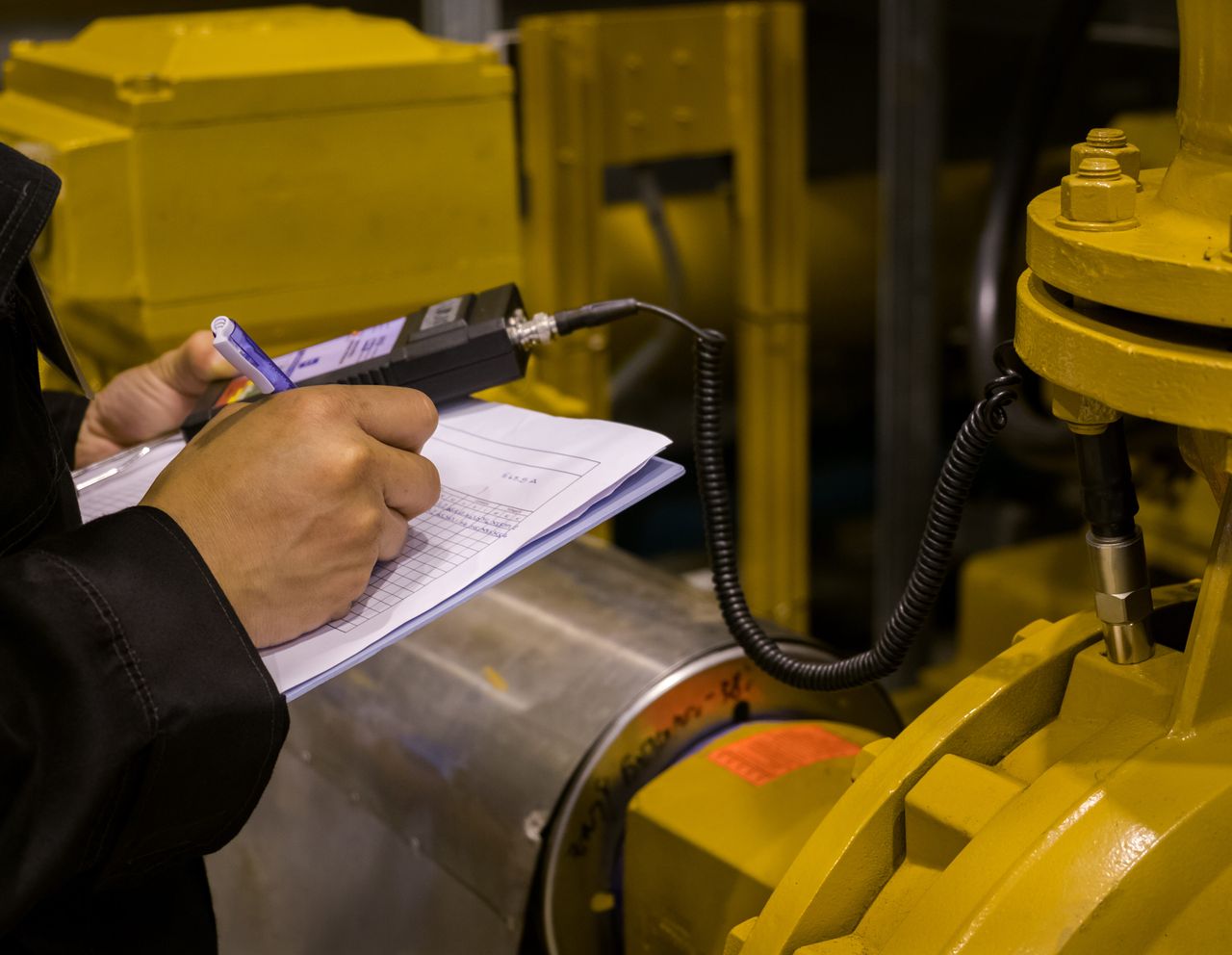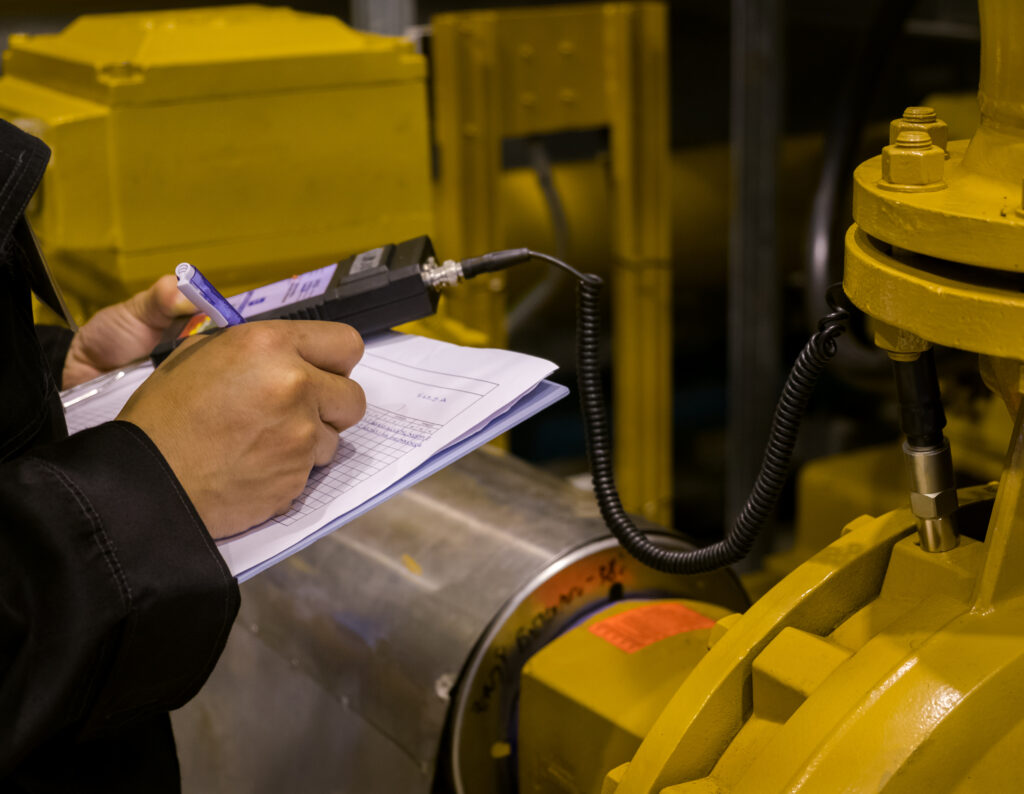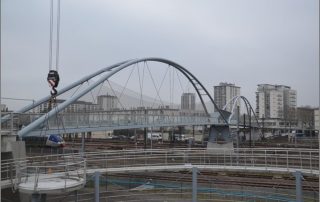

FEA Vibration Analysis – Vibration and Condition Monitoring |
- A clear and deep understanding of mechanical engineering theory,
- Many collective decades of mechanical failure experience
- Thousands of vibration assessment past projects for reference
- An extensive range of analytical software and vibration instrumentation
- Practical advice, detailed reporting, fixed upfront prices, good value and fast service.
FEA Vibration Analysis: Vibration and Condition Monitoring
- A clear and deep understanding of mechanical engineering theory,
- Many collective decades of mechanical failure experience
- Thousands of vibration assessment past projects for reference
- An extensive range of analytical software and vibration instrumentation
- Practical advice, detailed reporting, fixed upfront prices, good value and fast service.

Vibration Analysis Background and Services
Any system which receives an oscillatory force will vibrate. That force might be a motor; it might be an earthquake; it might be a violin bow.
When excited, even gently, at certain natural frequencies, a system can vibrate vigorously causing mechanical failure. These frequencies can be very sensitive to geometry, are difficult to intuitively predict, and aren’t necessarily visible – hence why using FEA is key. Vibrations can damage machinery, buildings and people through fatigue, but some vibration may be wanted and then the machine has to be able to live with it.
A combination of Vibration Analysis and Vibration Monitoring is used to assess how mechanical systems deform, what forces they place on their supports, what stresses they experience and how quickly they wear and fatigue.
High risk systems benefit from instrumentation and continuous condition monitoring.

Vibration Analysis Background and Services
Any system which receives an oscillatory force will vibrate. That force might be a motor; it might be an earthquake; it might be a violin bow.
When excited, even gently, at certain natural frequencies, a system can vibrate vigorously and can cause mechanical failure. These frequencies can be very sensitive to geometry, are difficult to intuitively predict, and aren’t necessarily visible – hence why using FEA is key. Vibration can damage machinery, buildings and people through fatigue: whole body vibration can cause serious internal injuries; hand-held machinery can cause “white-finger”; earthquakes can topple buildings, but some vibration may be wanted and then the machine has to be able to live with it.
A combination of Vibration Analysis and Vibration Monitoring is used to assess how mechanical systems deform, what forces they place on their supports, what stresses they experience and how quickly they wear and fatigue.
High risk systems benefit from instrumentation and continuous condition monitoring.


Why is Vibration Condition Monitoring important?
- We aim to understand the problem first, before we dive into the software
- Reduced outlay – identify over- and under-design in sizing and ‘lifeing’
- Prevention – reduce potential failures and down-time of ageing plant – materials creep, fatigue and corrode. Short term testing or long term remote monitoring allows complex plants to operate safely: see SafePlantTM. Safe guard against human response, e.g., hand/arm vibrations – “White finger”
- Reassurance – justify expenditure, improve safety credentials. Validate analysis – mitigate uncertainty
- Unlock potential – identify extra capacity, operate with partial failure, plan improvements.
- Too big to test – vibration can sometimes only be assessed analytically.
- Diagnose – vibration damage to man and machine can be cumulative with few visual symptoms. Analysis reduces potential down-time, allows plant to continue running despite partial failures, find efficient fixes, and inform redesign.
- Uncertainty – uncertain geometry or operating conditions – modes and amplitudes can be measured directly or inferred by post-processing
More about our vibration monitoring service >
Why is Vibration Condition Monitoring important?
- We aim to understand the problem first, before we dive into the software
- Reduced outlay – identify over- and under-design in sizing and ‘lifeing’
- Prevention – reduce potential failures and down-time of ageing plant – materials creep, fatigue and corrode. Short term testing or long term remote monitoring allows complex plants to operate safely: see SafePlantTM. Safe guard against human response, e.g., hand/arm vibrations – “White finger”
- Reassurance – justify expenditure, improve safety credentials. Validate analysis – mitigate uncertainty
- Unlock potential – identify extra capacity, operate with partial failure, plan improvements.
- Too big to test – vibration can sometimes only be assessed analytically.
- Diagnose – vibration damage to man and machine can be cumulative with few visual symptoms. Analysis reduces potential down-time, allows plant to continue running despite partial failures, find efficient fixes, and inform redesign.
- Uncertainty – uncertain geometry or operating conditions – modes and amplitudes can be measured directly or inferred by post-processing
More about our vibration monitoring service >

Latest case study
Latest case study


